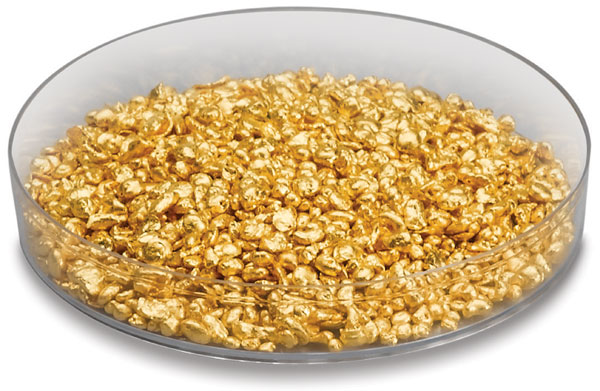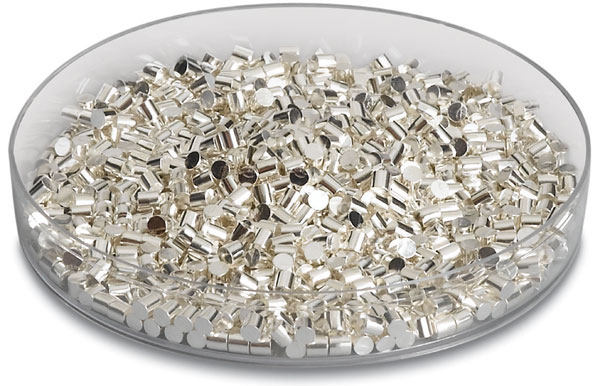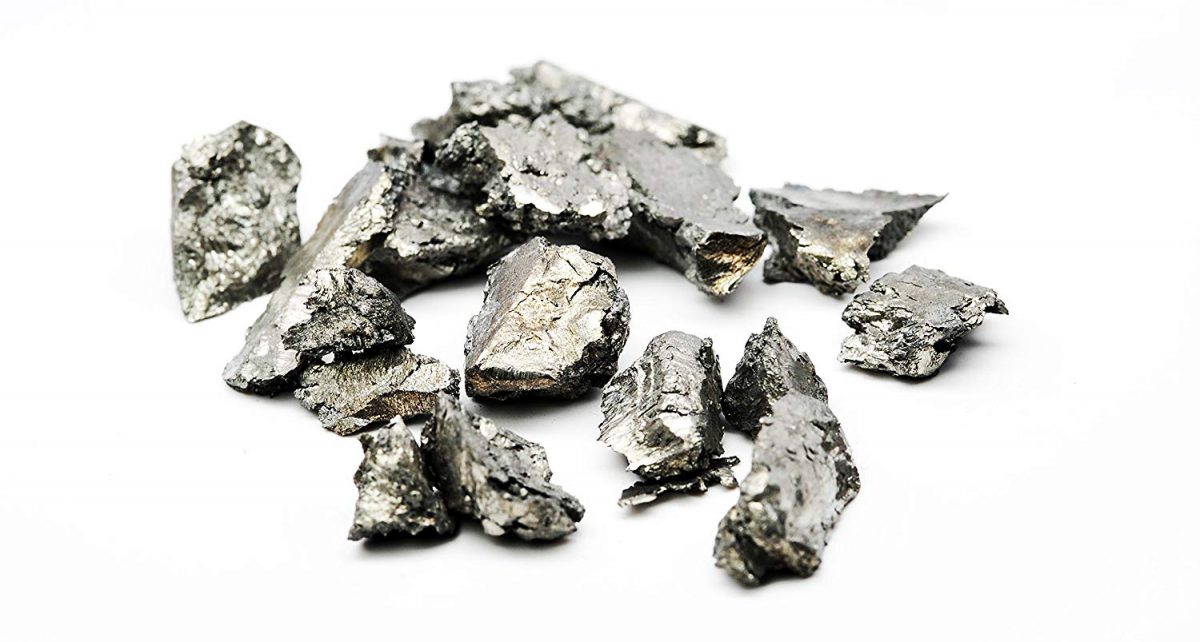
Evaporation pellets are evaporation materials for vacuum evaporation coating.
Evaporation is a form of physical vapor deposition (PVD) where the evaporation material is heated to a high vapor pressure, often in a molten state. The vapors are then condensed on the substrate to form a thin film.
The most common heating method for vacuum evaporation is the resistance heating method. The advantages of resistance heating method include simple structure, low cost and convenient operation. The disadvantage is that it is not suitable for refractory metals and high temperature resistant dielectric materials. Electron beam heating and laser heating can overcome the shortcomings of resistance heating. Electron beam heating uses a focused electron beam to directly heat the bombarded material, and the kinetic energy of the electron beam becomes thermal energy, causing the material to evaporate. Laser heating uses a high-power laser as a heating source, but due to the high cost of high-power lasers, it can only be used in a few research laboratories. You can refer to Five evaporation sources for heating for detailed information of the heating methods. As for a thin film precious metal coating, the heating is typically accomplished via resistive heating or by E-beam (electron beam).
Evaporation pellets or slugs are manufactured with specific form factors intended to vaporize at known rates. Often during evaporation processes, “spitting” results in liquid droplet material splattering on to the substrate. Engineered pellets are made with specified metal purities and processes intended to minimize incorporated gases and impurities to mitigate “spitting” in process.

Optimal evaporative performance for thin film deposition is highly dependent on the use of high purity materials specifically customized for PVD processes. It requires evaporation materials that feature low organic and inorganic impurities, as well as minimal surface contamination. This level of purity results in highly reproducible performance with low spit rates and defects. SAM offers high-quality evaporation materials in precious metals for your PVD coating.
The following chart shows some common thin film deposition of precious metals. SAM can customize any precious metal alloy you need that is not listed.
| Gold Copper | Gold Nickel | Gold Nickel Indium |
| Gold Palladium | Gold | Gold Silicon |
| Gold Silver Platinum | Gold Tin | Gold Zinc |
| Palladium Rhenium | Palladium Lithium | Palladium Manganese |
| Palladium Nickel | Platinum Palladium | Platinum Iridium |
| Platinum rhodium | Silver Gold | Silver Titanium |
Please visit https://www.sputtertargets.net/evaporation-materials.html for more information.



